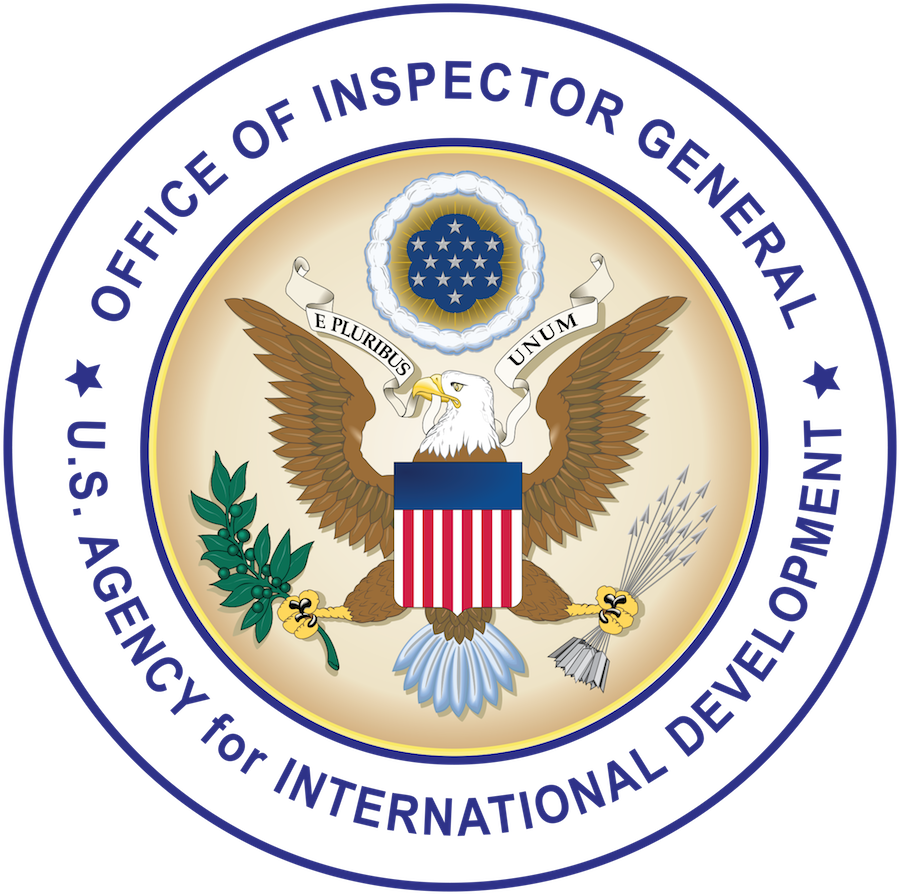Why We Did This Evaluation
In April 2021, President Biden announced a full military withdrawal from Afghanistan after nearly 20 years of U.S. military support. Subsequently, the Taliban entered Kabul and established control of the country on August 15, 2021. By August 31, USAID personnel had left Afghanistan.
We initiated this evaluation in response to congressional requests that the Inspectors General for USAID, the Departments of State and Defense, and the Special Inspector General for Afghanistan Reconstruction examine the special immigrant visa process for Afghan refugees. Members of Congress were concerned that processing delays put Afghans working with USAID (i.e., implementing organizations that carry out development projects through USAID grants, contracts, and cooperative agreements) at an increased risk of violent retribution by the Taliban. Our evaluation also considered the U.S. Refugee Admissions Program’s Priority 1 and Priority 2 (P2) refugee resettlement programs.
Our evaluation objectives were to: (1) review USAID’s role in the evacuation of its implementing organization staff from Afghanistan and to identify opportunities for improvement in future withdrawals, (2) review USAID’s role in the relocation of its implementing organization staff from Afghanistan and identify opportunities for improvement, and (3) determine if USAID’s risk management procedures effectively prepared the Agency to carry out its role in the evacuation and relocation of its implementing organization staff from Afghanistan.
What We Found
USAID lacked a clear role and experienced challenges planning and communicating during the evacuation of implementing organization staff from Afghanistan. The Agency did not have defined evacuation-related roles and responsibilities or a mechanism to accurately track implementing organization staff. USAID was also constrained by insufficient staff and delayed guidance on how to address questions from implementing organizations, which had divided opinions about the Agency’s communication efforts.
USAID coordinated relocation program referrals but was constrained by the timing of the P2 program announcement, lack of related guidance, and eligibility restrictions. USAID had a limited role in P2 processing, including verifying eligibility requirements and submitting referrals to the State Department. Strict P2 eligibility requirements and funding challenges also prevented some implementing organization staff from leaving Afghanistan.
USAID’s Bureau for Asia did not conduct a comprehensive review of the risks that the USAID Mission in Afghanistan identified before the evacuation. This may have been due to the staff’s inadequate knowledge and experience in this area and possibly weakened the Agency’s response to the withdrawal.
What We Recommend
We made seven recommendations to improve the Agency’s preparation to support implementing organizations during a withdrawal. USAID agreed with six recommendations and disagreed with one. We closed two recommendations upon issuance of this report and will work with the Agency to close the outstanding five.
